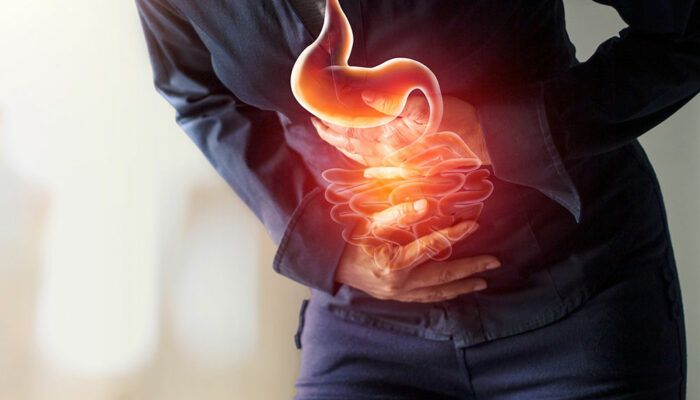
health
Stages, diagnosis, and prevention of Parkinson’s disease
Parkinson’s disease affects the nervous system. Some of the common symptoms of this disease include rigidity in the muscles, slowing down of movements, stooped posture, and hand tremors, among others. Parkinson’s disease sets in at different stages of a person’s life. Let us understand more about this disease to keep you informed. Stages Here are the five stages of Parkinson’s disease: Stage 1 The first stage of Parkinson’s disease has very mild symptoms. Only very close family members may notice changes in your movement. Also, body tremors may be restricted to one side of the body. Stage 2 The symptoms increase at this stage. Patients experience more tremors and stiffness. Also, the symptoms may extend to both sides of the body. Stage 3 Stage 3 sees the worsening of Stage 2 symptoms. An additional symptom is that at this stage the patient begins to lose balance. But they can still live by themselves. Stage 4 A patient with Stage 4 Parkinson’s does not have the capability to live by themself. They might require assistance to move around. Stage 5 This is the most severe stage of Parkinson’s disease. A patient suffering at this stage cannot even stand on their own.
Read More 








